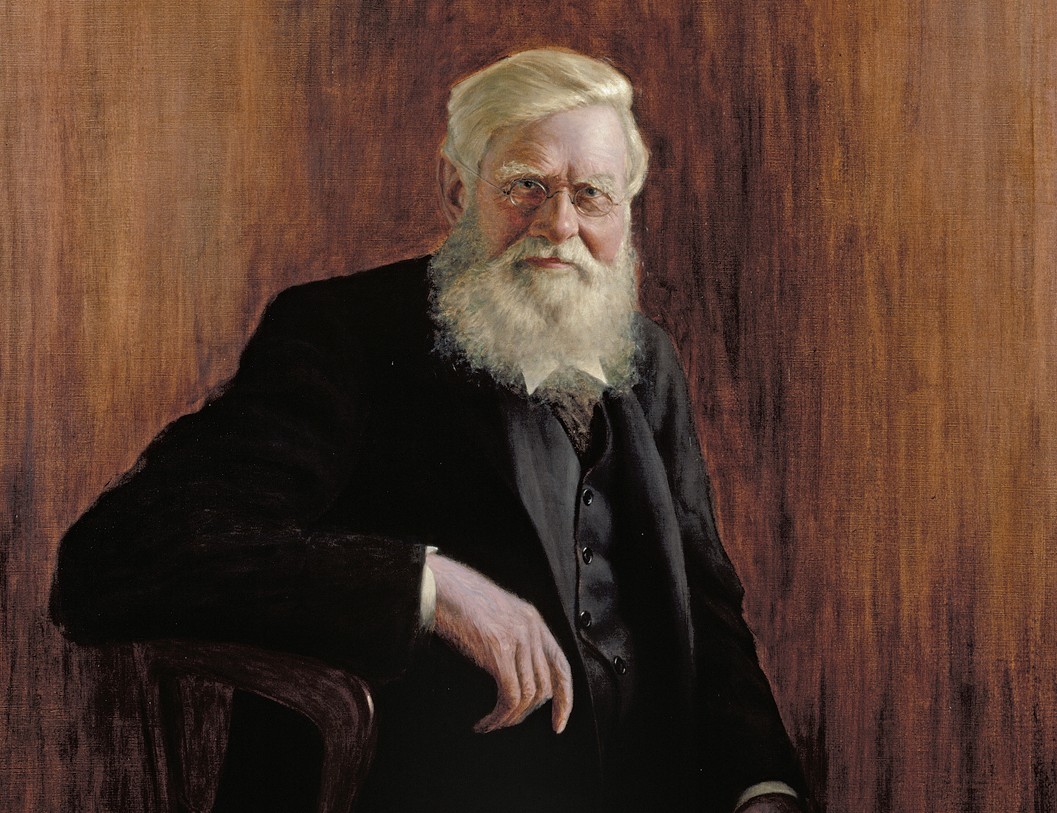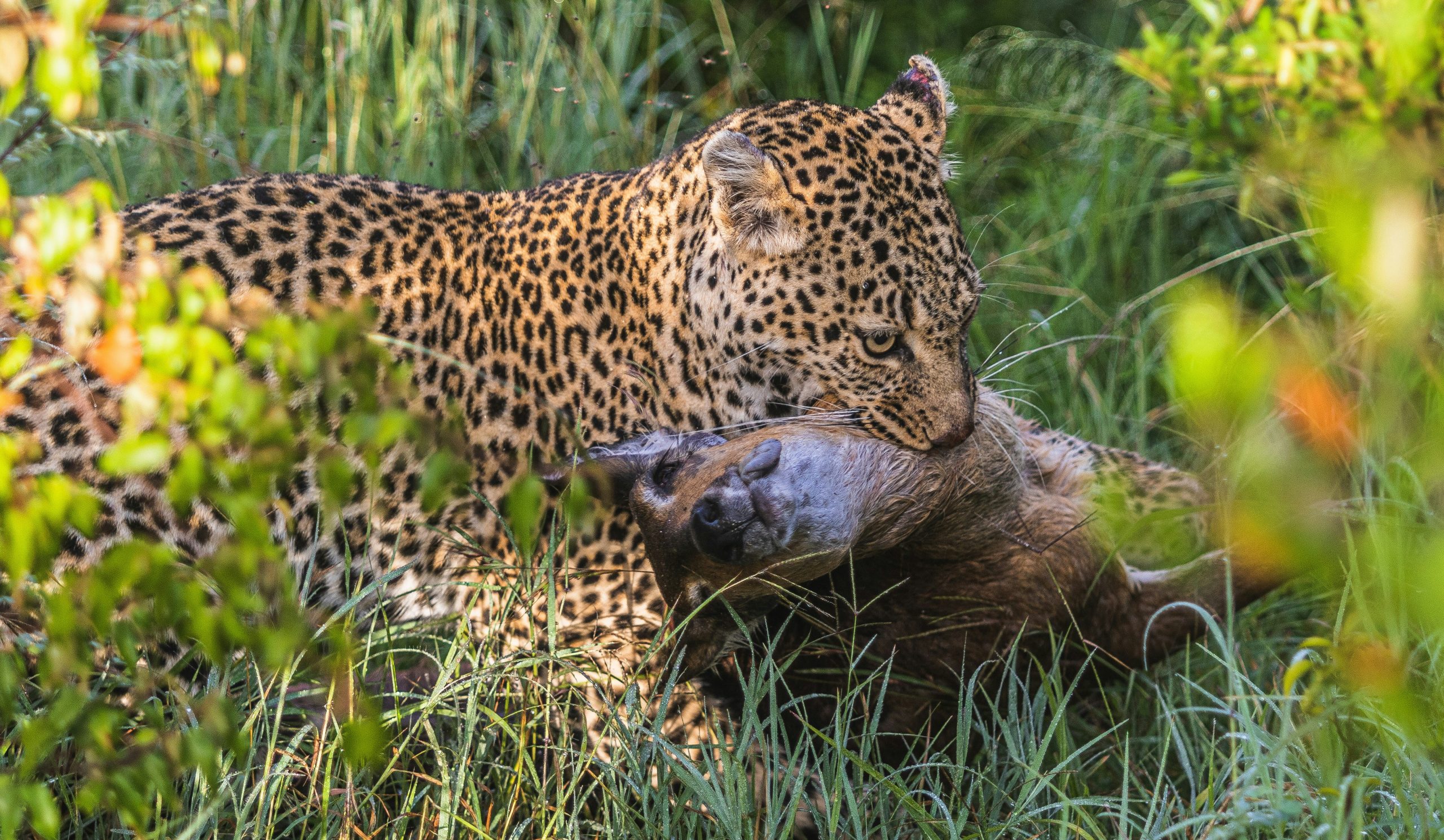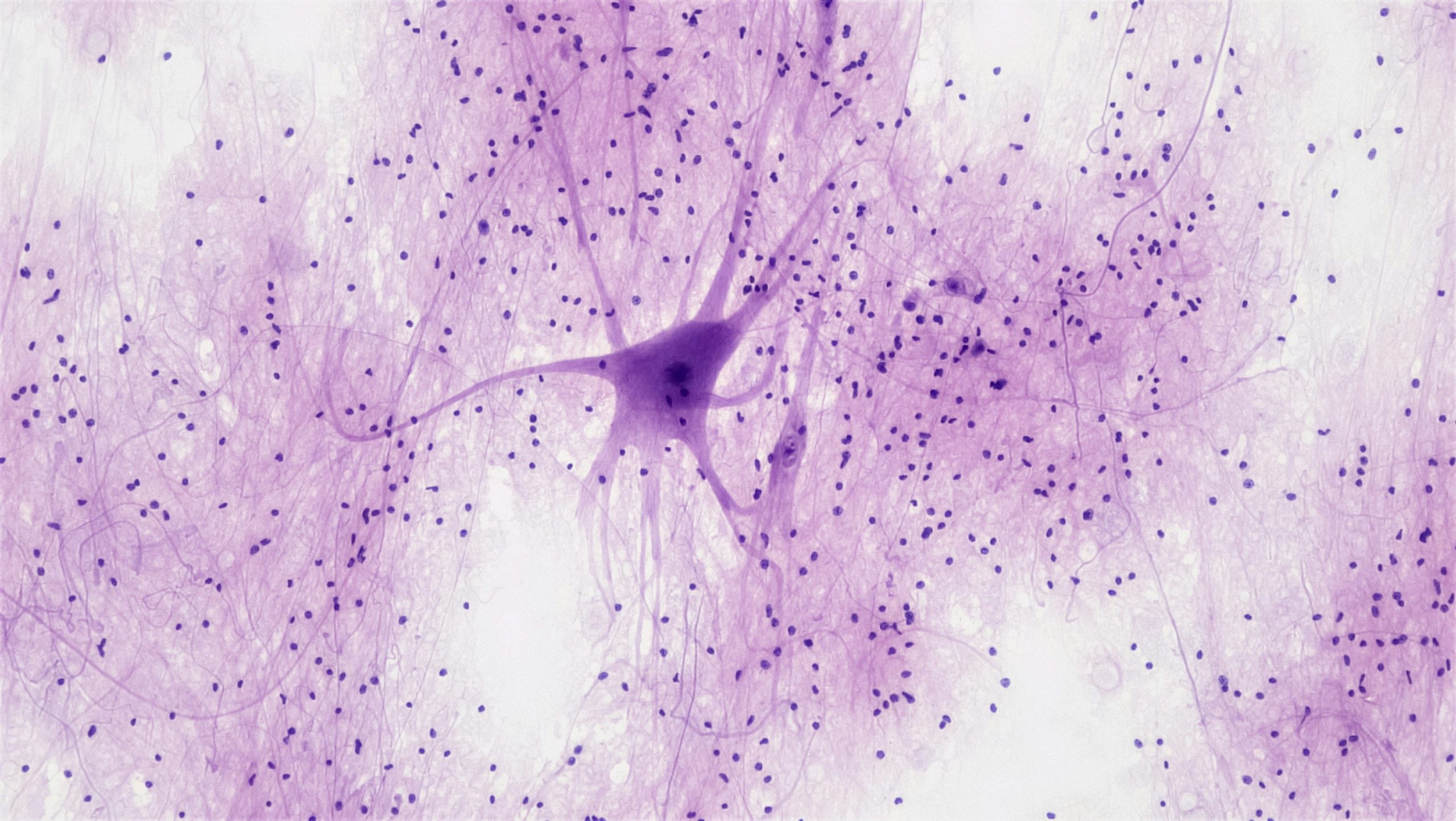by Mirela Smolenska, Year 11, Benenden School, Kent
When people think of the Theory of Evolution, Charles Darwin is widely accredited as the sole creator of it, especially as the theory is often known as Darwinism. However, little is attention is payed to the co-discoverer: Alfred Russel Wallace. Wallace is also seen as the ‘Father of bio-geography’ – the study of how and why animals and plants live where they do – because of his extensive research abroad studying the wildlife of South America and Oceania.
After leaving school, Wallace worked as a surveyor for his brother’s company. Nevertheless, his love for natural history was ever prominent. He was hired as a teacher in 1844 and then became friends with a like-minded naturalist – Henry Walter Bates. Bates introduced Wallace to new aspects of biology and four years later they set off to the Amazon to discover more. After a few expeditions collecting samples of living organisms, the pair parted ways to cover more ground. Wallace spent another four years travelling along the river, mapping, collecting and recording specimens. As he travelled on unexplored routes along the river, Wallace studied languages and habits of the native tribes he encountered. He collected thousands of examples of (mostly) birds, beetles and butterflies.
Within a year of returning home Wallace had planned his next, and most ambitious, voyage to the Malay Archipelago. From 1854 to 1862 Wallace spent his time travelling around the islands of what now is known as Indonesia. He collected biological specimens for examination. In 1855 he published a seminal article on the topic of the formation of new species. It found that “every species has come into existence coincident both in space and time with a pre-existing closely allied species”. The proposal by Wallace was that species arise by evolving. Three years later, whilst ill due to a fever, Wallace worked out why this happened: animals adapt to their environments. The fittest animals in the wild reproduce and survive, passing on their strong characteristics. This hypothesis inspired him to write another paper with his ideas, which he sent to Charles Darwin. This paper pre-dated Charles Darwin’s paper which he had been working on for 20 years but was yet to publish. Darwin consulted his friends (Charles Lyell and Joseph Dalton) and they presented Wallace’s paper and two of Darwin’s writings to the Linnean Society in 1858. These papers were published under both names – all without Wallace’s knowledge.
Another great discovery by Wallace was the faunal boundary between Australia and Indonesia, called the Wallace Line. During Wallace’s time in Australia and Indonesia he noted that there was a distinct difference between the types of animals on the northern islands between Indonesia and Australia and the southern islands. This intrigued Wallace as this clear change between animal populations normally occurs when there is a visible feature (such as a mountain) separating the two areas. However, there was no distinct feature separating the Wallace Line despite most of the islands being less than 160 meters apart. Wallace hypothesised that the southern islands would have been connected to mainland Australia and the Northern islands to Indonesia, with an ocean between them, during the Ice Age and then as the ice caps melted the ocean engulfed the shallow areas and created islands. This hypothesis arose as he saw that the islands with similar animals had shallow waters between them but the waters separating the islands with a difference in species were much deeper. Today’s scientists, along with a much deeper knowledge of the area, mostly agree with Wallace’s theories and can further prove that the deeper waters between the respective countries is caused by two tectonic plates coming together.
Wallace’s work provided evidence for Darwin’s theories and helped prove what is published in Darwin’s book “On the Origins of Species”. This book is seen as the foundation of evolutionary biology and Darwin is seen as the mastermind of it, even though Wallace was coming to similar theories as Darwin at similar times. After Wallace’s death, he seemingly became irrelevant whilst Darwin shot to fame despite co-authoring and concluding much the same as Darwin and dedicating most of his life researching geographical and evolutionary biology.





